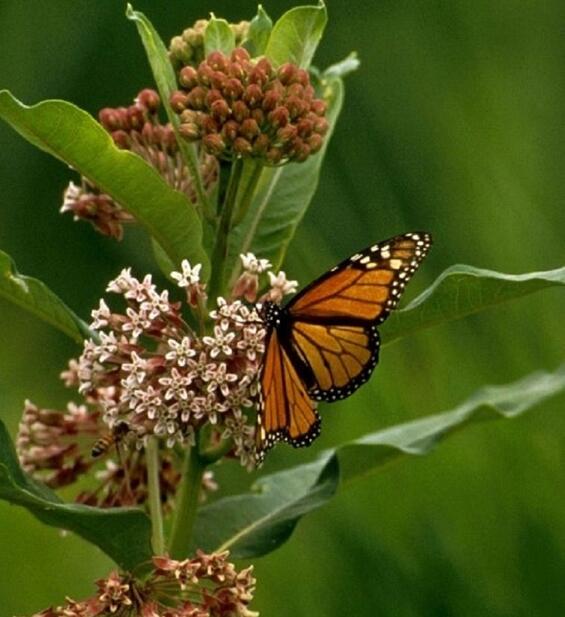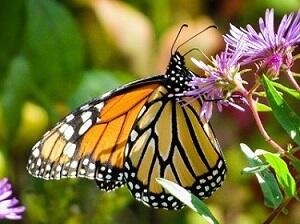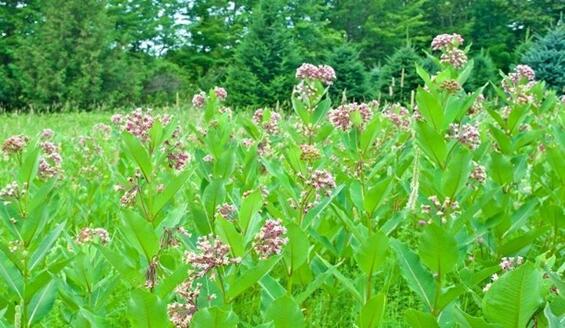
Monarch butterflies and other pollinators are responsible for as many as one in every three bites of food we eat, thanks to their role in pollination and in sustaining natural plant ecosystems. However, Monarch butterfly populations have declined drastically over the past 20 years. As a result, the U.S. Fish and Wildlife Service (USFWS) is proposing to list the Monarch as a threatened species under the Federal Endangered Species Act (ESA).
That’s why MassDOT is taking action. The MassDOT Highway Division is joining the Nationwide Candidate Conservation Agreement with Assurances for Monarch Butterflies (Monarch CCAA), a program that encourages energy and transportation agencies to implement pollinator conservation measures on portions of their lands. This initiative aims to create 26 million acres of pollinator habitat along energy and transportation corridors across the United States.

As part of the nationwide conservation effort, MassDOT will manage more than 824 acres of land along state routes and interstates to become safe havens for pollinators. These limited mow zones will not be mowed between May 1 and October 1 to encourage the growth of milkweed and other floral resources, promoting healthy pollinator habitats. In addition to supporting pollinators, this program also saves taxpayer dollars by reducing permitting time under the ESA, reducing maintenance costs for the Commonwealth, and decreasing the use of gas-powered mowing equipment.
For Questions, contact MassDOT Highway Division’s Wildlife Unit: MassDOTWildlife@dot.state.ma.us

Learn More At: